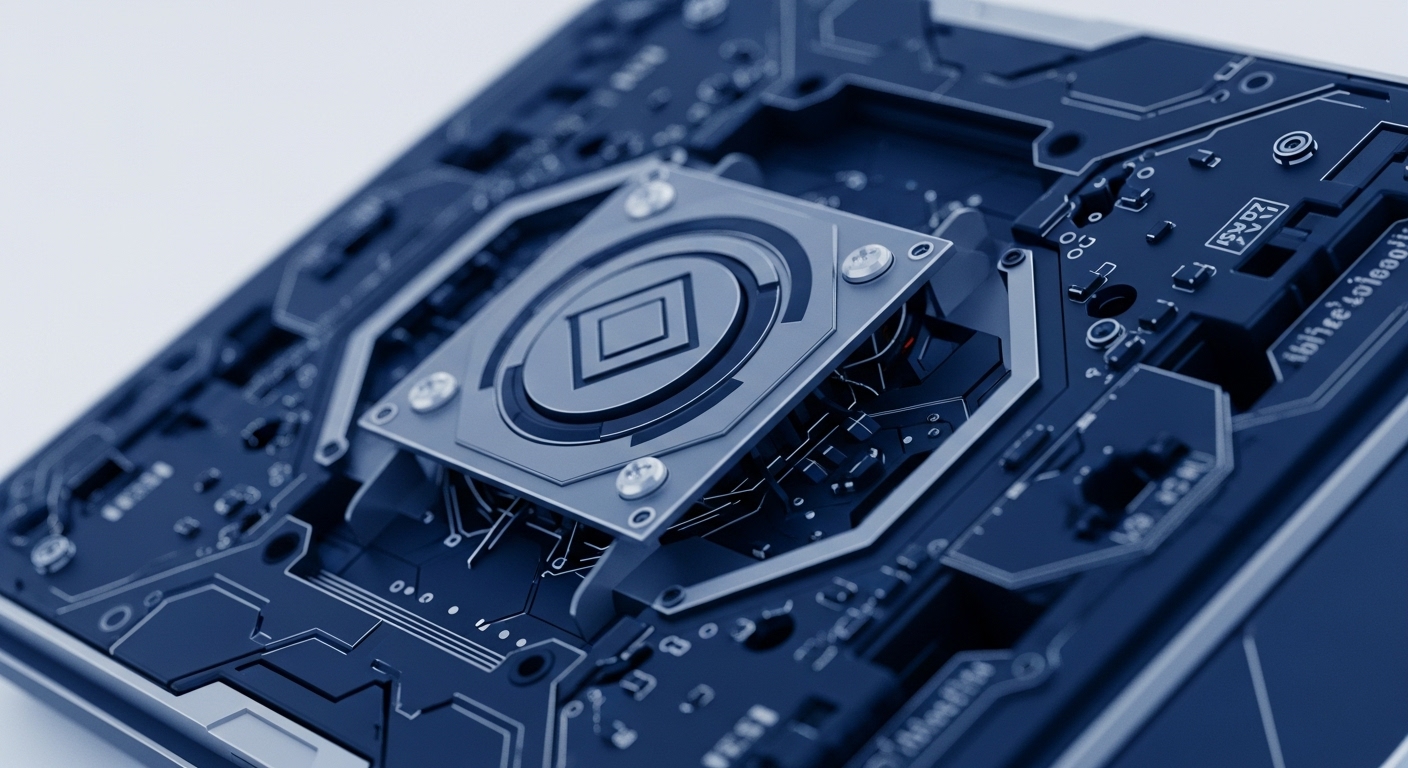
Briefing
The core problem in decentralized transaction ordering is the theoretical impossibility of creating a Transaction Fee Mechanism (TFM) that is simultaneously incentive-compatible for users and secure against block producer collusion. This research proposes the Cryptographic Second Price Auction (C2PA), a foundational mechanism that utilizes cryptographic primitives, such as Multi-Party Computation, to encrypt user bids. The C2PA effectively blinds the block producer to the private bid values until the auction is complete, thereby eliminating the informational leverage required for harmful Maximal Extractable Value (MEV) extraction and establishing a credible foundation for fair, trust-minimized transaction sequencing.

Context
Foundational academic work in mechanism design established a strong impossibility result for transaction fee mechanisms (TFMs) in a decentralized setting. The challenge is rooted in the strategic role of the block producer, who acts as the auctioneer and can observe and manipulate the input (user bids) to maximize their own profit, a dynamic that breaks the incentive compatibility of classical auction formats like the Second Price Auction. This theoretical limitation has driven the proliferation of MEV by design, as the block producer’s ability to observe private bid information and reorder transactions is an inherent feature of the existing system architecture.

Analysis
The Cryptographic Second Price Auction (C2PA) overcomes the impossibility by decoupling the block producer’s inclusion decision from the users’ private bid values. Conceptually, the mechanism operates as a standard second-price auction where the highest bid wins and pays the second-highest bid. The key difference is the use of a cryptographic layer, such as threshold encryption or a general Multi-Party Computation (MPC) scheme, to ensure that all user bids are submitted in an encrypted form.
The block producer can only verify the validity of the encrypted transaction and include it in the block, but cannot decrypt the bid value until the block is finalized and the MPC computation is complete. This architectural change enforces a state of off-chain influence proofness , compelling the block producer to act honestly because they lack the information necessary for strategic manipulation.

Parameters
- Mechanism Type → Cryptographic Second Price Auction. The classic auction structure is augmented with a cryptographic layer to enforce honesty.
- Key Property Satisfied → User Incentive Compatibility (UIC). Users are incentivized to bid their true value for transaction execution.
- Security Property Satisfied → Off-Chain Influence Proofness. The block producer cannot manipulate the auction outcome based on observing private bid values.

Outlook
This theoretical breakthrough opens a critical new research avenue at the intersection of cryptography and mechanism design, moving beyond impossibility results to practical solutions. The next step involves engineering production-ready cryptographic primitives, such as highly efficient and low-latency Multi-Party Computation (MPC) or Verifiable Delay Functions (VDFs), that can support the real-time requirements of a high-throughput blockchain. In the next three to five years, this work is foundational to unlocking a new generation of decentralized sequencing services and fair-ordering protocols, enabling truly neutral and censorship-resistant transaction inclusion across Layer 1 and Layer 2 architectures.

Verdict
The Cryptographic Second Price Auction is a foundational advancement, successfully integrating cryptographic blinding with economic mechanism design to resolve a core theoretical impossibility in decentralized transaction ordering.
